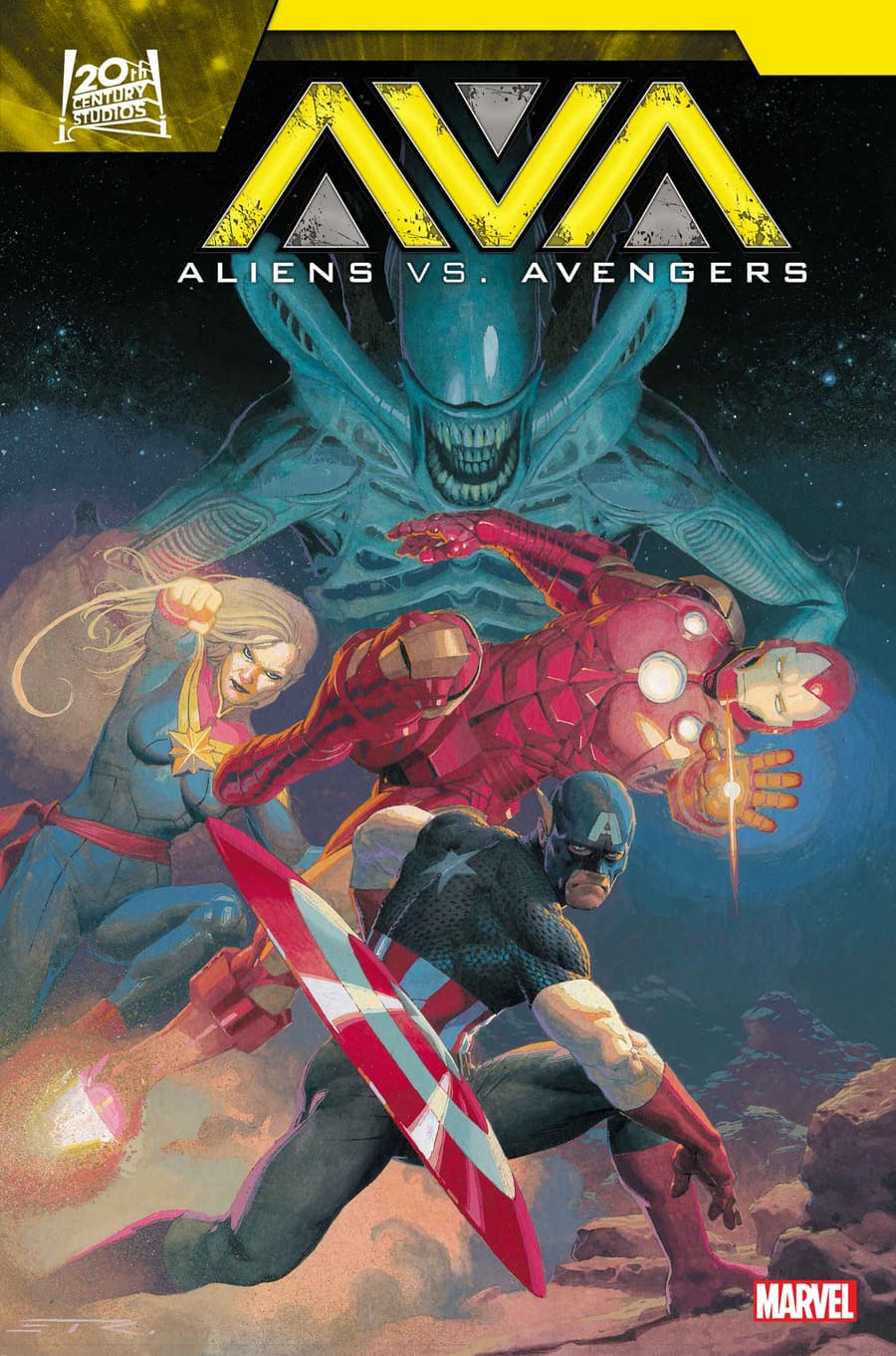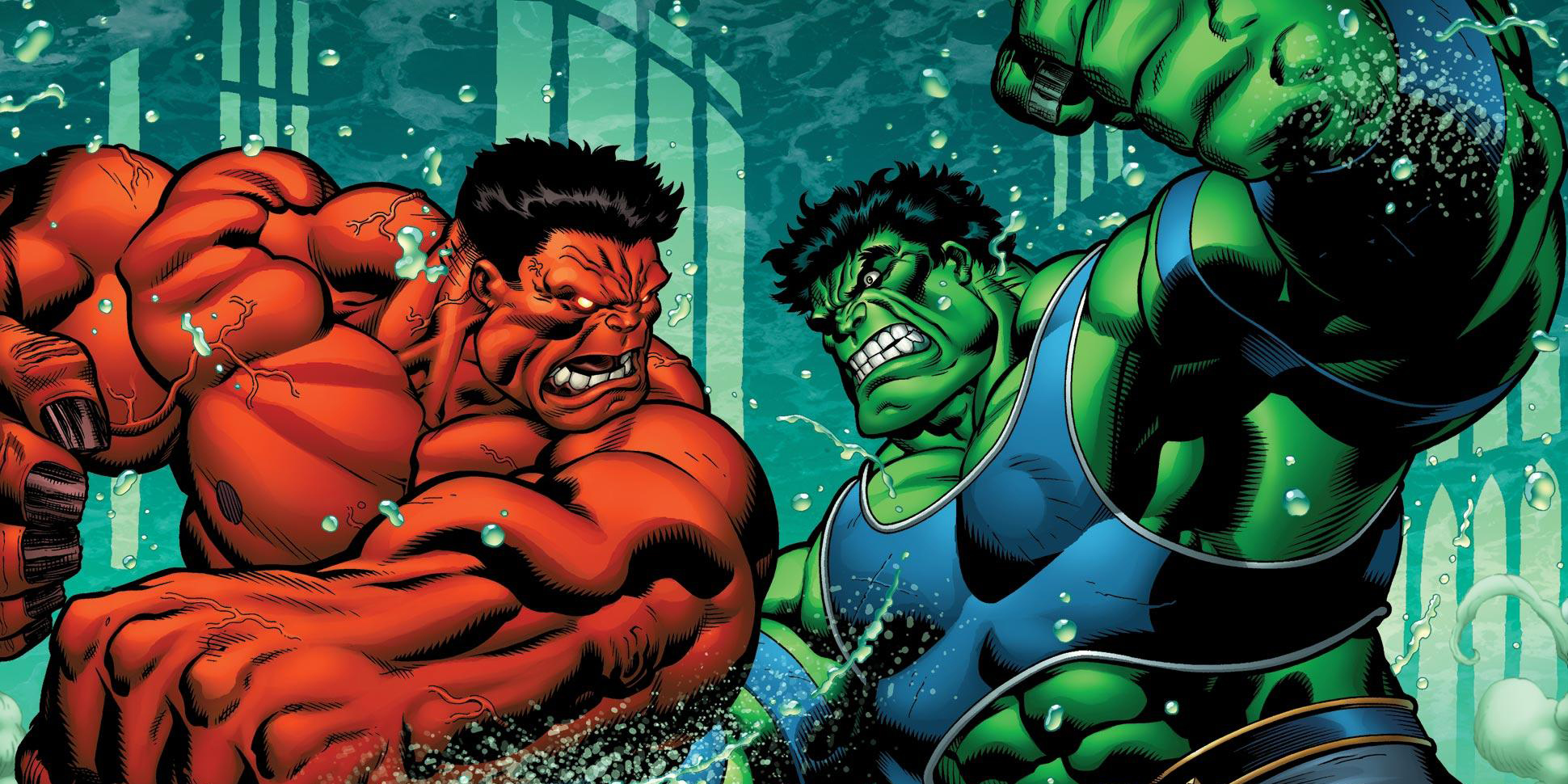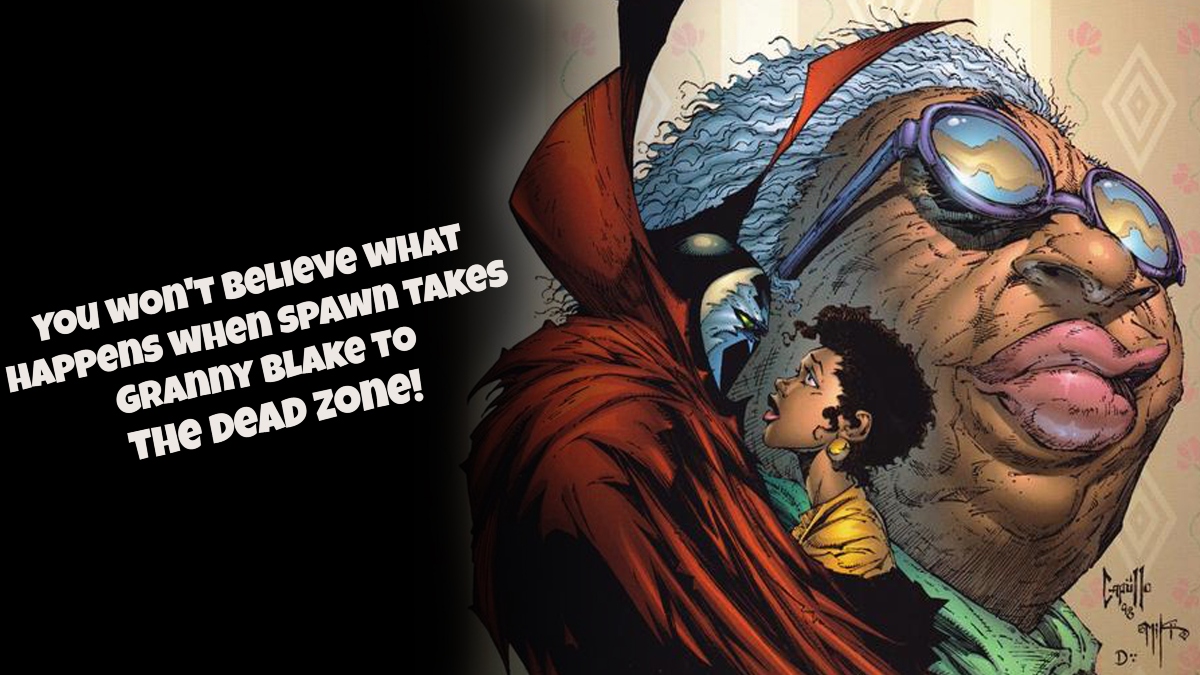![]() At this point in time you can easily say we’re more or less in the middle of an animation renaissance. Across the world filmmakers and animators alike are finding new ways to push different forms of animation and show it off to audiences across the nation if given the chance. Laika, the same company that brought us “Coraline,” has been the front runner in the stop-motion animation sector. After what they dished out with “Coraline,” many animation fans are wiggling with anticipation over what they can deliver next.
At this point in time you can easily say we’re more or less in the middle of an animation renaissance. Across the world filmmakers and animators alike are finding new ways to push different forms of animation and show it off to audiences across the nation if given the chance. Laika, the same company that brought us “Coraline,” has been the front runner in the stop-motion animation sector. After what they dished out with “Coraline,” many animation fans are wiggling with anticipation over what they can deliver next.
In comes “ParaNorman,” Laika’s latest animated triumph co-directed by Chris Butler and Sam Fell. Individually they’ve worked on a variety of different animated projects that include “The Tales of Despereaux,” “Corpse Bride,” “Flushed Away,” “Tarzan II” and “Coraline.” Now they’re  diving head-first into Laika’s ambitious new project.
In “ParaNorman,†a small town comes under siege by zombies. Who can it call? Only misunderstood local boy Norman (voiced by Kodi Smit-McPhee), who is able to speak with the dead. In addition to the zombies, he’ll have to take on ghosts, witches and, worst, of all, grown-ups, to save his town from a centuries-old curse. But this young ghoul whisperer may find his paranormal activities pushed to their otherworldly limits.
While at the set visit for “ParaNorman,” several reporters got the chance to speak with the two directors about creating the unique project, tipping their hats to a couple of their favorite horror movies and adding a dash of eighties Amblin movies into their story line.
How did this all begin?
Sam Fell: It really began with Chris (Butler) and his story.
Chris Butler: Yeah, more than ten years ago. I always say twelve years but I’ve been saying twelve years for the past four years so something’s wrong now. [laughs] But about twelve or so years ago I thought of the idea which originally started with the kind of movies and televisionshows that I loved watching when I was growing up. So it was “The Goonies,” “Scooby Doo,” “Ghostbusters,” “Poltergeist,” all of that kind of stuff. The original idea was John Carpenter meets John Hughes, so it kind of spiraled out from there. I dip back into it every now and again. When I was working on “Coraline,” I got the opportunity to present the idea. It was the first thirty pages of the script to start off with. Travis Knight (CEO of Laika) read it and liked it, then we went off and wrote the rest.
Sam Fell: Then I came along about two and a half years ago. I was consulting on some of the projects they had in development and was really drawn to Chris’ project. John Carpenter meets John Hughes is very interesting to me. It’s not an area that’s been explored really in animation and I love putting together a stop-motion zombie movie for kids. I knew my son would love that kind of thing.
Chris Butler: And you would.
Sam Fell: And I would. [laughs] It’s just exciting territory. We started talking then we got along very well. We both felt like we have similar voices, similar things that we’re interested in. I got involved in that stage and spent a bit of time in development. Chris did another draft to get it ready…
Chris Butler: Yeah, we worked through a few of the issues. One thing that was good about this from the start was that we both found that this story is pretty solid. That was actually quite an easy part and I think it gave us the opportunity to really get into the esthetic of it, really talk about what we wanted to aspire to that made it that much bigger and better than what we’ve seen before. We really wanted to push the boundaries of stop-motion and I think we achieved it.
Sam Fell: It’s very unique as well. People have done a kind of horror in animation but it’s kind of this sort of eighties bubble that —
Chris Butler: We didn’t want to do gothic, creepy, whimsical horror. People have done that in stop-motion and they do it really well. There’s no point emulating it, so we wanted to take a different approach to it.
Sam Fell: And coming from “The Goonies,” we wanted to implement more of the Amblin-esque live-action approach in those films. The mixture of comedy and scares that are kind of fun and are elevated by a lot of character comedy. And even in those movies there were serious family issues going on in movies like “E.T.”
Chris Butler: They were more edgy. There was an irreverence to them that I think is sorely missing in a lot of family movies today.
Sam Fell: And that was sort of already apparently encrypted in Chris’s draft. It’s great, there’s some really funny stuff in there.
How does that extend to the animation? Can you talk about the balance and your philosophy on it?
Chris Butler: First of all the design of it is really pushed. We actually went for a look that — it’s not traditional animation. It’s not classical-looking animation. It’s not really refined, fluid, smooth lines. It’s got a real organic, messy quality to it and that comes directly from the character designer then followed through the overall look of the world. We wanted it to have something unruly and unhinged about it because we have the opportunity. It’s the perfect compliment for stop-motion to do something where you can’t accentuate the tactility of something — textures. We didn’t want it to look like we were trying to do CG,cause we’re not. We do something that’s more naturalistic.
We were going through the 3D animation section and everybody has pictures of strange dogs and stuff like that. The animators were talking about how even when it comes to making the little rocks and the dirt where the zombies come out, it’s all stop motion and not CG. So in percentage from “Coraline” to this, how much CG is in this?
Sam Fell: There’s more, I think. It’s a bigger movie. “Coraline” was quite contained, quite theatrical in the fact that there were just a handful of characters. We’ve got a few special effects scenes.
How much time do you guys have to take story boarding just in order to arrange everything, then rearranging everything in case you end up going back and forth with the animators in regards to what actually works?
Sam Fell: We story boarded for a good year really. It’s due to the fact that the story was so solid and that we’ve already spent time talking and preparing everything before the storyboard team came. So we had a really good solid version of the film.
Chris Butler: I think this is the first time I’ve worked on a movie where you know what the ending is while you’re working on it, cause that often happens with animation when you’re story boarding. You still don’t really have a third act which can be terrifying but it’s kind of the norm. I think it was actually pretty easy process on it because we knew where we were going right from the start.
When it came to writing Norman, who in a way is already Amblin-esque by being the outcast, how did you first conceive his character?
Chris Butler: It was me, of course. [laughs] A sad, large-headed, bullied child. The original idea for starting this was, as Sam said, a zombie movie for kids. I think underneath that I wanted to tell the story of this kid who didn’t fit in. I wanted that to feel real and certainly to have a film that’s told from the point of view of the kids. There’s got to be an honesty to it, so we haven’t shyed away from the more serious side. It’s not a spoof. It’s funny but there’s also a real serious side to it, and that central story has a lot of heart. I think that, obviously taking cues from my own childhood, that was a big part of it in there really. So Norman’s story is as important as these crazy zombies running around.
Sam Fell: His story takes us to the end of this amazing third act that we have already. It’s not just a lot of running around and noise, it’s actually emotionally it pays off in the third act.
Chris Butler: We’re not allowed to talk about the third act!
Sam Fell: To me I was reading a lot of things at that time, a lot of scripts, and thinking about a lot of options. But this was powerful and delivered on an emotional level which is quite rare.
Chris Butler: It’s great to know your ending before you start. It sounds like that would be normal but it’s not always the way.
You guys sort of mentioned talking about “The Goonies,” John Hughes and things like that. From watching the footage that we saw, have you guys been taking on or sort of riffing on horror films or anything?
Chris Butler: Sam Raimi is a big one for the both of us. We’re both big fans of his early work.
Sam Fell: And especially when you think about the effects and the early stuff in “Evil Dead,” it was stop-motion. It wasn’t CG.
Chris Butler: Especially in that period where there were a number of films that suggested more and played more with that stuff instead of more explicit — it’s not really explicit, we’re not really quoting modern horror stuff.
Sam Fell: Though you did see the sequence with the window sill with the “Halloween” ring tone… we did go there at times. But we wanted tomake you feel that these characters, as pushed as their design is, as crazy as they look, we absolutely wanted them to feel like real people in a real world. We spent a lot of time making this town feel like the real world. It’s esthetically pushed but its’ a real town including all the grubby edges and the dirt and the garbage. The central story is about real people. We want the kids to have real voices and I think that went thorugh to the animation so we went for a real naturalistic animated style. Not really realistic, naturalistic.
Chris Butler: And when we recorded we took care of casting kids who could act. We didn’t get just funny actors. Then we got to record some together sometimes, which is tricky to do because of everyone’s schedule.
Sam Fell: We get that overlapping dialogue and you get mistakes, stuttering. You get all kind of things that we wanted to keep that in, we didn’t want it to be clean and seamless.
How were you able to push the performances given the advancement in the puppetry?
Chris Butler: The puppet-making process is always evolving, it’s always moving forward and improving even through the course of the show. I found out on previous projects that I’ve worked on that the puppets are the star of the show. So it’s a constant evolution.
Sam Fell: There’s a lot of experimentation with the using the kind of CG animation and kind of printing out, using puppets. That’s freed up a lot of the facial animation and the expressions on a lot of the faces like never before. “Coraline” scratched the surface, or started to go on that road, but we invested on a whole new kind of printer and a whole new lot of technology that we didn’t actually know whether it’d work or not.
Chris Butler: We just charged in anyway.
Sam Fell: But that’s been the big adventure in terms of puppets and expressiveness.
Chris Butler: I think one of the most appealing things of it about physical puppets in stop-motion, the tactility is the imperfection of seeing the texture of the fabric and how it’s put together. It’s not perfect. It moves slightly weirdly and I think that’s all part of the appeal of it. Being able to have that wealth of detail in the costume, we can now have that detail in the printers. Polished but, in a weird way polished suggests that it becomes cleaner and perfect. I think part of what’s amazing about this 3D color printing is that it has a texture to it … even the differences in paints and the way the light hits it. For example you’re able to see the light coming through the ears, that was something that we didn’t expect. There’s something intangible to that that you — I don’t know whether you can try to recreate it. I think the imperfections of it kind of make it glorious. It’s something that you can’t quite put your finger on but it looks different.
“ParaNorman” comes out in theaters on August 17, 2012.

 FOR FANBOYS, BY FANBOYS
Have you checked out LRM Online’s official podcasts and videos on The Genreverse Podcast Network? Available on YouTube and all your favorite podcast apps, This multimedia empire includes The Daily CoG, Breaking Geek Radio: The Podcast, GeekScholars Movie News, Anime-Versal Review Podcast, and our Star Wars dedicated podcast The Cantina. Check it out by listening on all your favorite podcast apps, or watching on YouTube!
Subscribe on: Apple Podcasts | Spotify | SoundCloud | Stitcher | Google Play
FOR FANBOYS, BY FANBOYS
Have you checked out LRM Online’s official podcasts and videos on The Genreverse Podcast Network? Available on YouTube and all your favorite podcast apps, This multimedia empire includes The Daily CoG, Breaking Geek Radio: The Podcast, GeekScholars Movie News, Anime-Versal Review Podcast, and our Star Wars dedicated podcast The Cantina. Check it out by listening on all your favorite podcast apps, or watching on YouTube!
Subscribe on: Apple Podcasts | Spotify | SoundCloud | Stitcher | Google Play



